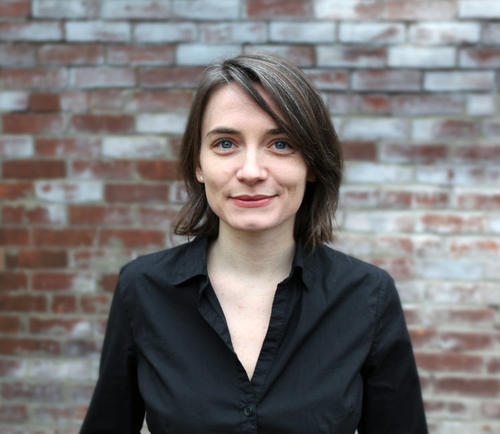

It’s one of the strangest things to ever happen to me. When did you agree to do this translation? It must’ve been very odd to work on a book about a plague during Covid. It’s the first translation of the book published in the US since Stuart Gilbert translated Camus’s French text in 1948. Knopf published her translation of The Plague on Nov. Marris, who teaches creative writing at the University of Buffalo, answered a few of my questions about her work in a recent video interview. Even those not struck down by the “illness’ brutal invasion” are profoundly changed by the experience, Camus writes in Marris’ translation: “they had nothing left but general ideas, and even their love had taken the most abstract form.”

Her exquisite translation captures the novel’s harrowing qualities, its poetic turns-of-phrase, its way of articulating the disease’s assault on bodily health, mental stability and domestic relationships. Not long after returning home to New York, Marris realized that she was in the midst of a singular project: she would spend the next several months translating a plague novel- the plague novel, a vivid allegory about the Nazi occupation of France-while living through a real-life pandemic. I think it’s always helpful as a translator to see the place where a book is set.” “That really helped the book,” she told me, “just in terms of seeing the landscape and getting the right names for trees, things like that.

Bernard Rieux, the stalwart hero of The Plague.

Accompanied by Alice Kaplan, the author of the 2016 book Looking for The Stranger: Albert Camus and the Life of a Literary Classic, Marris walked the same streets as Dr. In December 2019, a few months after agreeing to translate Albert Camus’s The Plague, Laura Marris traveled to Algeria, the author’s native country and the setting for his powerful portrait of a city enduring a deadly epidemic. Literary translation isn’t solely a desk job.


 0 kommentar(er)
0 kommentar(er)
